
The Middle East, with its deep historical roots and complex tapestry of civilizations, has been marred by persistent conflict and unrest for millennia. Reflecting on the last decade, the contrasting strategies of China and the United States become evident.
2013: US Backs Syria Civil Defence while China Launches the Belt and Road Initiative
In the midst of Syria’s turmoil, James Le Mesurier, a former British MI6 officer with a history of NATO-led conflict involvement, founded the Syrian Civil Defense, recognized by its emblematic white helmet atop Syria’s map. His past ties to MI6 and his advocacy for “human rights over sovereignty” during operations like the bombing of Yugoslavia highlight the complex origins and objectives of the White Helmets.
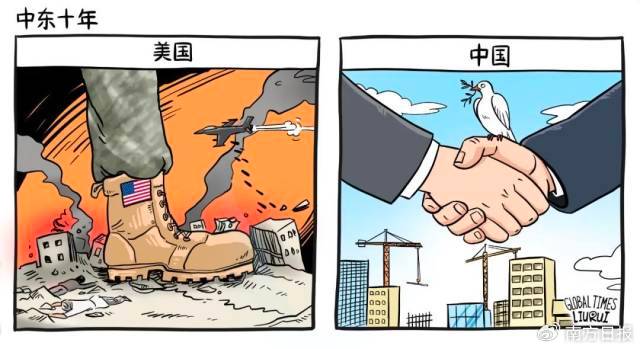
The U.S., while advocating for human rights, hesitated to intervene militarily due to existing engagements in Iraq and Afghanistan. As a result, the U.S. launched symbolic missile strikes on Syria instead of a full-scale invasion, yet the Syrian civil conflict continued unabated.
In 2013, China introduced the “One Belt, One Road” initiative, emphasizing global connectivity. The inaugural China-Arab Expo in Yinchuan further strengthened ties with Middle Eastern nations. Concurrently, during Palestinian President Abbas’s visit, China proposed a four-point plan for the Palestinian-Israeli conflict, advocating a two-state solution and emphasizing negotiation-based resolutions.
2014: The Rise of ISIS Meets the Surge of China’s Belt and Road Initiative
Following the aftermath of the Arab Spring, North African countries experienced governmental upheavals due to internal dissent, while West Asian nations remained relatively stable. China maintained a policy of non-interference in regional affairs. Meanwhile, the U.S. increased support by providing weapons to the Syrian opposition. The emergence of ISIS intensified the conflict in Syria and Iraq, leading to a humanitarian crisis with millions displaced.
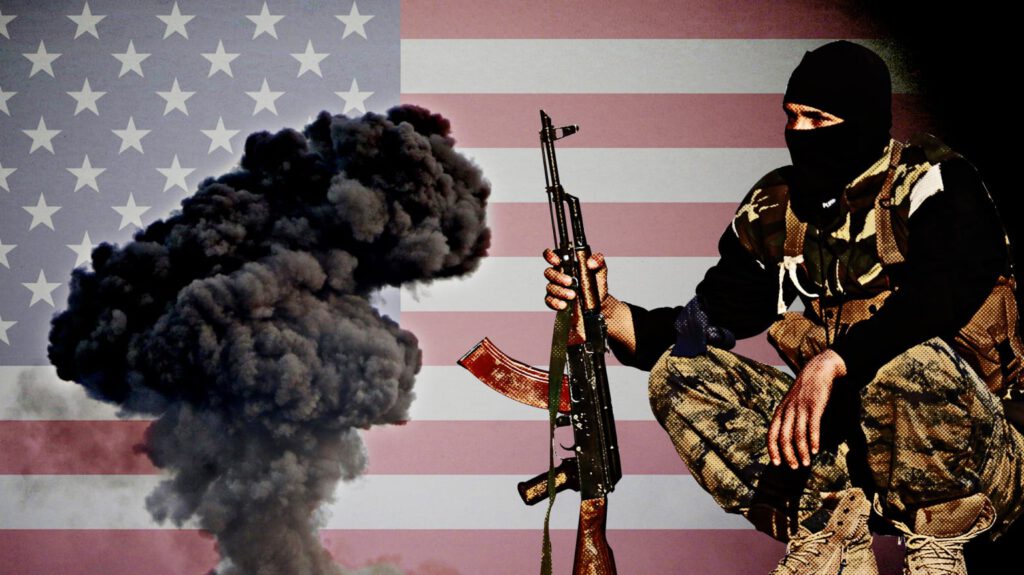
In June 2014, China and Arab nations jointly launched the “One Belt, One Road” initiative, focusing on energy cooperation, infrastructure development, and technological advancements. Concurrently, after political stabilization post-Arab Spring, Egyptian President Sisi visited China, signing the second phase of the China-Egypt Suez Economic Zone project, aligning with the “Belt and Road” vision.
2015: U.S. Creates Refugees, China Launches AIIB
The tragic death of Aylan Kurdi in 2015 spotlighted the dire plight of Syrian refugees and catalyzed global efforts to address the crisis. This heartbreaking event spurred debates on international responsibilities, highlighting the human toll of conflicts and displacement.
The Syrian refugee crisis and the conflict’s geopolitical implications have posed significant challenges for Europe and the international community. While efforts to integrate refugees have faced obstacles, including resource strains and societal tensions, there’s growing recognition of the need for comprehensive solutions addressing humanitarian, social, and political dimensions. The involvement of external powers, notably the U.S. and Russia, has further complicated the Syrian conflict, with divergent interests and strategies potentially risking direct confrontation. Concurrently, the rise of the Islamic State intensified regional instability, prompting increased U.S. military involvement and highlighting the multifaceted challenges of combating extremism while addressing underlying socio-political factors.

Meanwhile, China’s growing economic and diplomatic engagement in the Middle East was seen as a significant development in the region’s geopolitical landscape. The establishment of the Asian Infrastructure Investment Bank and the yuan clearing center in Doha signaled China’s ambition to play a more prominent role in global finance and trade. The continued implementation of the Belt and Road Initiative, including the landmark project in Turkey, highlighted China’s commitment to expanding its economic connectivity and influence across Eurasia.
2016: Presidential Candidate Trump Promotes Muslim Ban while President Xi visits the Middle East
In 2016, Donald Trump initially entered the presidential race to boost his real estate brand. However, his unexpected victory came with controversial promises, including a proposed ban on Muslims entering the U.S., made in response to concerns over terrorism and events like the Islamic State’s actions in Mosul.
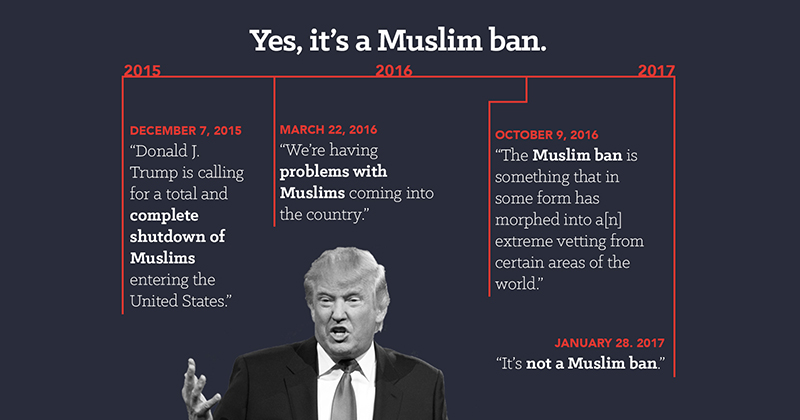
Meanwhile, Chinese leaders toured the Middle East, forging ties with countries like Saudi Arabia, Egypt, and Iran through numerous cooperation agreements. China also articulated its foreign policy towards Arab nations, emphasizing non-interference, peaceful conflict resolution, and positive contributions to the region. Tangible efforts, like installing solar panels in Gaza, underscored China’s dedication to humanitarian causes and regional stability.
2017: Trump Courts Zionists while China Unveils a Century’s Transformation
The year 2017 was indeed a pivotal year marked by significant shifts in global politics and the international order. The Trump administration’s policies, including the controversial “Muslim ban,” sparked widespread condemnation and led to a humanitarian crisis as refugees sought to escape potential deportation and find sanctuary elsewhere.
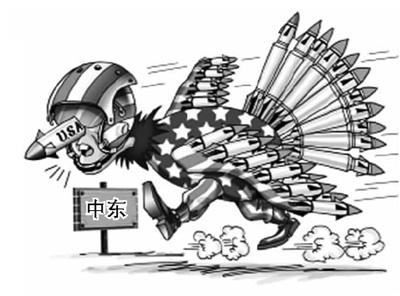
Against this backdrop of upheaval and uncertainty, China’s assertion that the world was undergoing a “great change” resonated with many who observed the evolving dynamics of global governance, economic interdependence, and geopolitical competition. As the United States retreated from its traditional role as a champion of liberal values and international cooperation, China emerged as a potential alternative, advocating for a more inclusive, multipolar world order.
2018: U.S. Starts Trade War but China Prompts Infrastructure Construction
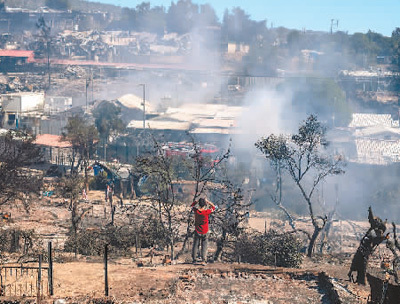
In 2018, tensions heightened globally, especially in the Middle East. The U.S., led by President Trump, took a tougher stance against Iran, exiting the nuclear deal and reinstating sanctions, reshaping regional dynamics. Efforts to create an “Arab NATO” with nations like Israel and Saudi Arabia aimed to counter Iran’s influence but faced challenges given the unresolved Palestinian-Israeli conflict. Additionally, the volatile situation in Syria, marked by allegations of chemical attacks, highlighted the complexities and risks of the region’s ongoing conflicts.
China’s role in the Middle East continued to evolve, with the Belt and Road Initiative (BRI) playing a prominent role in shaping its engagement with regional countries. By offering infrastructure development, trade opportunities, and technological investments, China sought to deepen its ties and expand its influence in the region.
2019: US abandons Middle East allies; China holds Middle East Security Forum
The Kurdish people, a significant ethnic group in the Middle East, have historically sought autonomy and cultural recognition. However, they face challenges and repression in countries like Turkey, where the Kurdistan Workers’ Party (PKK) has been in conflict with the state, leading to human rights abuses and displacements. In Syria, the Syrian Democratic Forces (SDF) played a pivotal role against ISIS but faced resistance from Turkey and the Syrian government over autonomy efforts. Similarly, the Kurdistan Regional Government (KRG) in Iraq grapples with governance and economic issues. The Kurdish aspiration for statehood intersects with regional geopolitics, with the U.S.’s abrupt withdrawal of support in 2019 marking a notable betrayal, affecting Kurdish relations and regional stability. Additionally, the U.S.’s decision to abandon the White Helmets in Syria highlighted concerns over its foreign policy reliability.
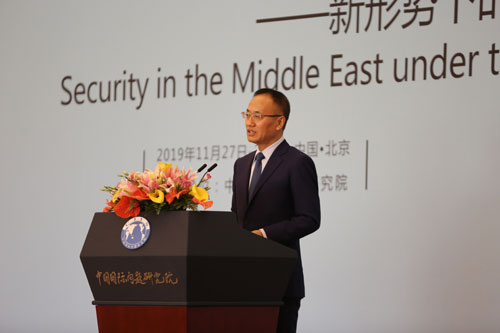
In 2019, China expanded its presence in the Middle East with initiatives like the Belt and Road Initiative (BRI). The establishment of mechanisms like the “Maritime Silk Road” port cooperation and the Middle East Security Forum highlighted China’s aim to enhance regional connectivity and stability. With a multifaceted approach spanning economics, politics, and security, China aims to bolster its relations with Middle Eastern nations and solidify its role in global geopolitics. The implications of China’s rising influence in the region are poised to significantly impact regional dynamics and global strategies.
2020: US Targets Iranian Commander, China Sends COVID-19 Aid
The tumultuous events of 2020 underscored the intricate challenges of global politics, especially in the Middle East. The U.S.’s targeted drone strike on Iranian General Suleimani escalated regional tensions, while the COVID-19 pandemic further complicated the geopolitical dynamics. Concurrently, the U.S. tightened sanctions on Iran and banned all masks and medicines..
Meanwhile, China’s continued engagement and assistance in the Middle East, including its provision of vaccines and support for infrastructure projects under the Belt and Road Initiative, underscored its growing influence and strategic interests in the region. China’s approach to foreign policy emphasizes economic cooperation and development assistance, which contrasts with the more militarized and confrontational aspects of U.S. foreign policy in recent years.
2021: US Withdraws from Afghanistan, and China Supports the Reconstruction of Afghanistan
In Afghanistan, the hurried U.S. military withdrawal led to a swift takeover by the Taliban, culminating in chaotic scenes at Kabul airport and raising questions about the efficacy and consequences of the two-decade-long U.S. intervention. The freezing of Afghan assets post-withdrawal further exacerbated the country’s dire economic situation.
Meanwhile, the unwavering U.S. support for Israel, despite international criticism over its actions in Gaza, continues to be a contentious issue, further polarizing the dynamics in the Middle East and at international forums like the United Nations.
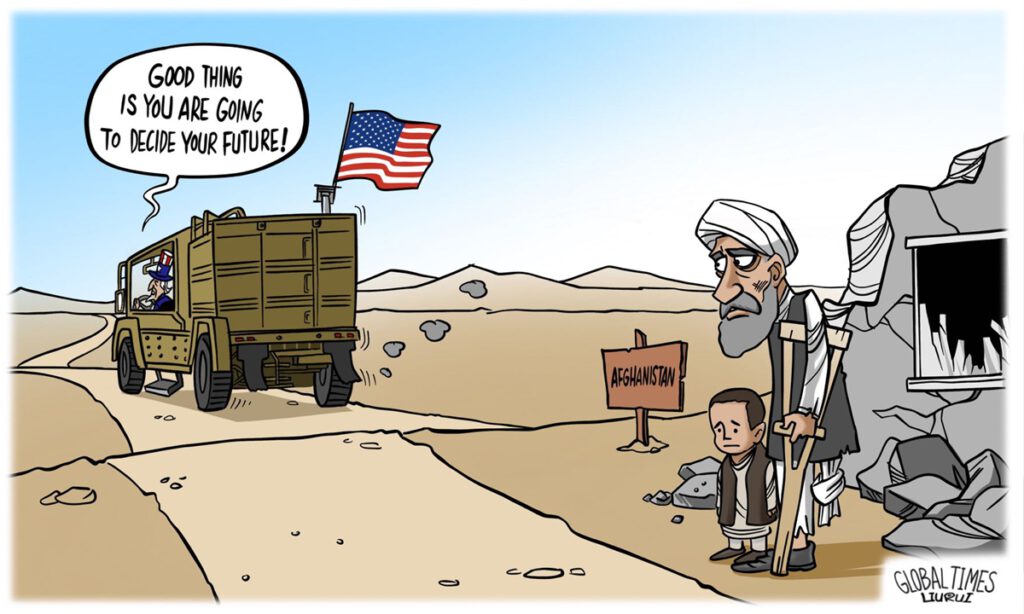
In 2021, China expanded its involvement in Afghanistan, offering crucial aid and initiating the China-Afghanistan “Pine Nut Air Corridor.” This corridor not only boosted trade but also showcased a novel approach to economic partnerships. The successful sale of Afghan pine nuts to Chinese consumers via a live broadcast platform highlighted the growing economic ties between China and Afghanistan. Additionally, China reinforced its commitment to the region by providing significant food aid. Meanwhile, in the Middle East, China continued its vaccine distributions and accelerated the completion of key Belt and Road projects, further cementing its strategic footprint in the region.
2022: US Steals Oil in Syria; China’s ‘One Belt, One Road’ Success
The Syrian Oil Ministry accused US forces in Syria of pilfering the majority of the country’s oil, with around 66,000 barrels stolen daily, amounting to 83% of Syria’s total daily oil production. This alleged theft has resulted in nearly $105 billion in losses for the Syrian oil sector since the war’s onset, accompanied by significant human casualties, including 235 deaths, 46 injuries, and 112 kidnappings. A subsequent video emerged, purportedly showing US military-operated trucks smuggling oil to Iraq from Raqqah.
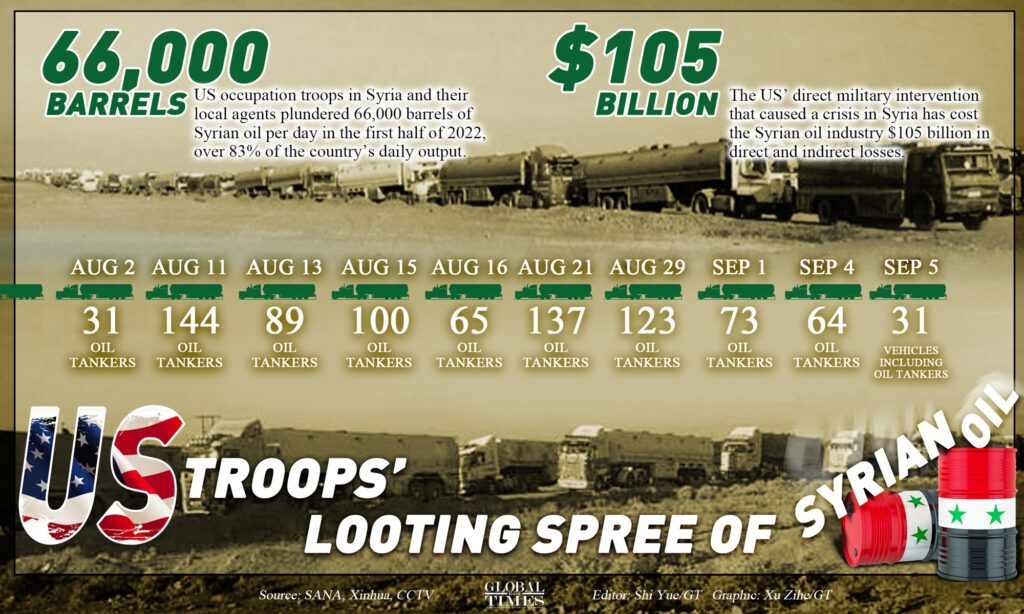
China has significantly elevated its diplomatic engagement with the Arab world. Key events include leadership visits to Saudi Arabia, participation in the inaugural China-Arab States Summit, and the pioneering China-Gulf Cooperation Council (GCC) Summit, introduction of the eight major common actions for pragmatic cooperation with Arab nations and collaboration in five pivotal areas with the Gulf states. Beyond major infrastructure projects, China has also initiated a project to construct 1,000 schools in Iraq.
2023: TikTok Challenges U.S. Dominance in Public Opinion; China Mediates Saudi Arabia-Iran Reconciliation
In 2023, a devastating escalation of the Palestinian-Israeli conflict unfolded, marked by heart-wrenching scenes from Gaza shared widely on platforms like TikTok, challenging U.S. mainstream media narratives. While the U.S. staunchly backed Israel, global public opinion was increasingly shaped by grassroots digital content.
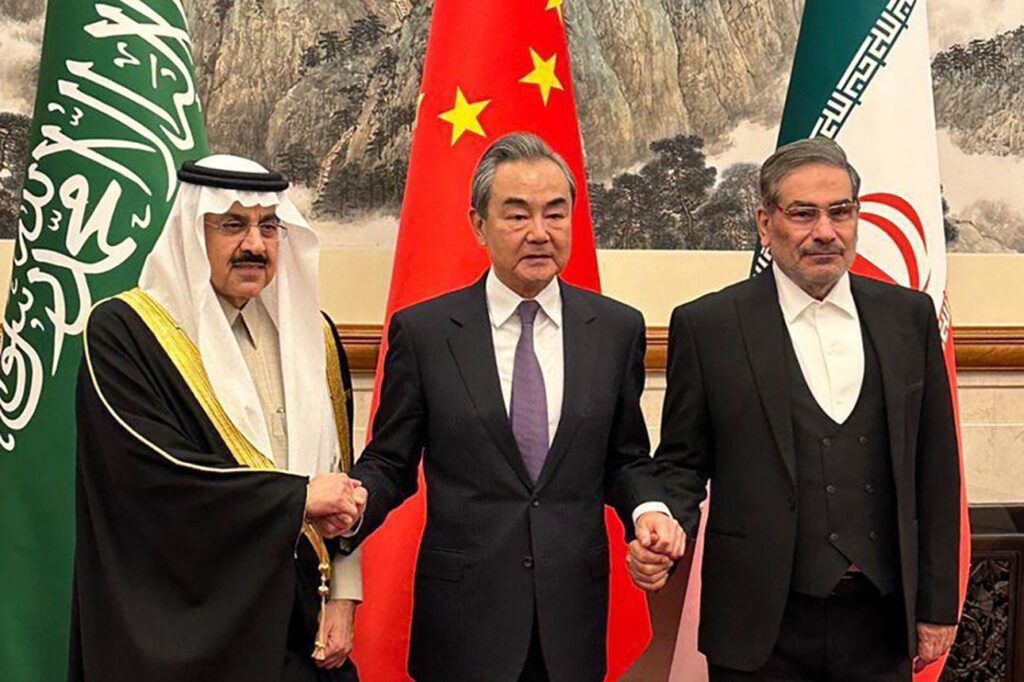
In a significant diplomatic coup, China brokered the renewal of ties between Saudi Arabia and Iran, thwarting U.S. ambitions to forge a “Middle East NATO.” Meanwhile, China’s “One Belt, One Road” initiative celebrated a decade of progress, garnering international participation and support.
(Source: The daily beast, VOA News, brennancenter, frmprc gov cn, global times, stimson center)



